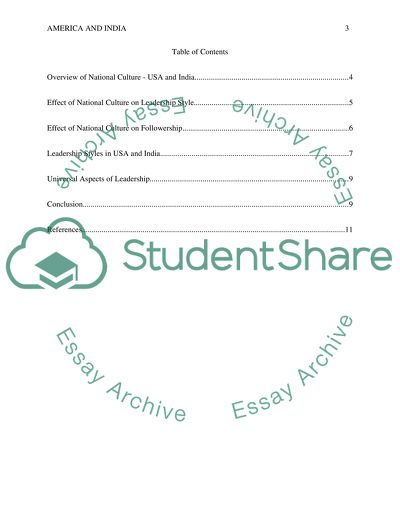Cite this document
(“Cultural Effects on the Leadership Styles - America and India Research Paper”, n.d.)
Cultural Effects on the Leadership Styles - America and India Research Paper. Retrieved from https://studentshare.org/culture/1456776-america-and-india
Cultural Effects on the Leadership Styles - America and India Research Paper. Retrieved from https://studentshare.org/culture/1456776-america-and-india
(Cultural Effects on the Leadership Styles - America and India Research Paper)
Cultural Effects on the Leadership Styles - America and India Research Paper. https://studentshare.org/culture/1456776-america-and-india.
Cultural Effects on the Leadership Styles - America and India Research Paper. https://studentshare.org/culture/1456776-america-and-india.
“Cultural Effects on the Leadership Styles - America and India Research Paper”, n.d. https://studentshare.org/culture/1456776-america-and-india.


